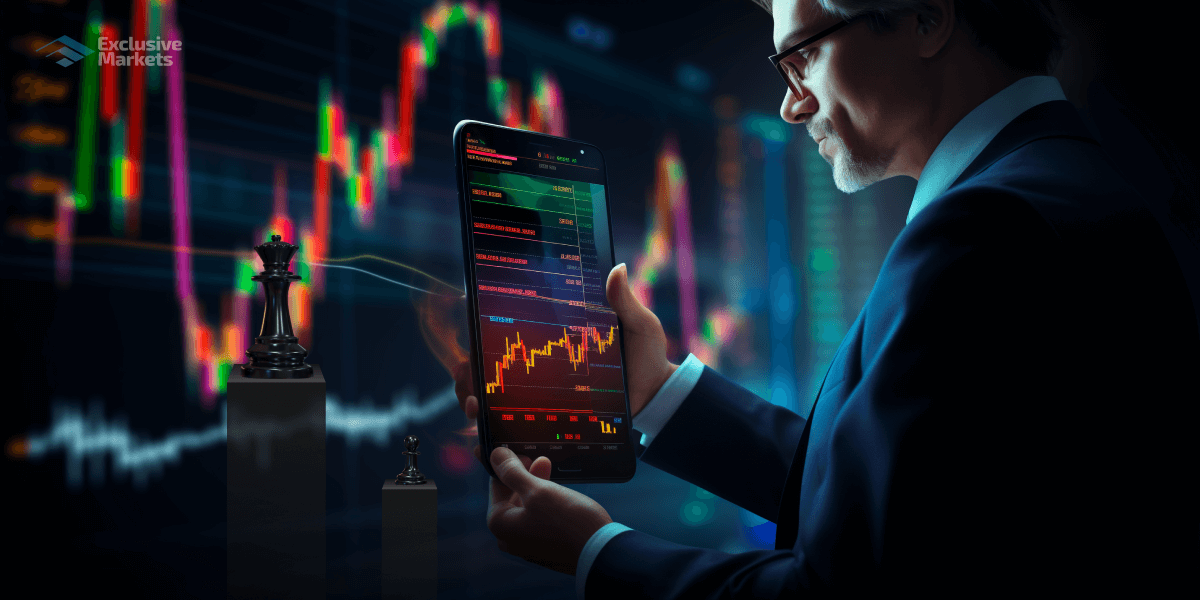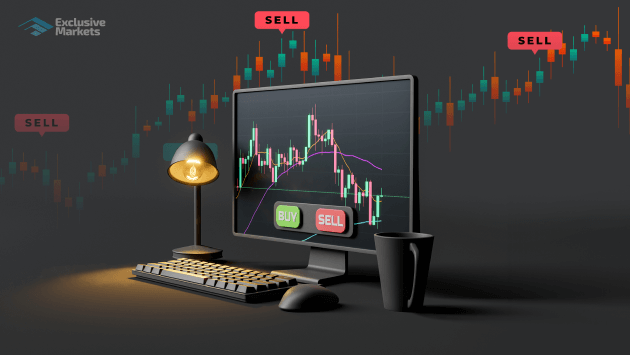trading8
now browsing by category
Automated Trading in Forex Unleashing the Power of Algorithms 1808502454

Automated Trading in Forex: Unleashing the Power of Algorithms
In the fast-paced world of forex trading, where every second counts, automated trading forex Online Trading CM offers traders the opportunity to leverage the power of technology through automated trading systems. Automated trading, also known as algorithmic trading, is a method of executing trades on the forex market using predefined algorithms, thereby allowing traders to operate efficiently and effectively without the need for constant manual intervention.
What is Automated Trading?
Automated trading is a process where computer programs execute trades based on a set of predefined criteria. These criteria can be based on various technical indicators, chart patterns, and historical data. The algorithms analyze market conditions and execute trades at lightning speed, which is crucial in a market characterized by frequent price fluctuations.
How Does Automated Trading Work?
The fundamental principle behind automated trading is a combination of data analysis and technology. Here’s how it typically works:
- Strategy Development: Traders develop a trading strategy based on technical analysis or fundamental analysis. This strategy outlines entry and exit points, risk management parameters, and other market conditions.
- Algorithm Programming: Once the strategy is established, it is coded into an algorithm that can automatically execute trades as per the defined criteria.
- Backtesting: Before going live, the algorithm is tested against historical data to evaluate its performance. This phase is crucial for identifying potential weaknesses and making necessary adjustments.
- Execution: Once the algorithm is fully operational, it continuously monitors the forex market for opportunities and executes trades without human intervention.
Benefits of Automated Trading
The benefits of utilizing automated trading systems in the forex market are numerous:
- Emotion-Free Trading: Automated systems remove emotional elements from trading decisions, which can lead to more rational and profitable outcomes.
- Speed and Efficiency: Algorithms can execute trades much faster than humans, allowing traders to capitalize on fleeting market opportunities.
- Backtesting Capabilities: Traders can assess the viability of their strategies through detailed backtesting on historical data, which helps in refining and optimizing trading approaches.
- Diversification: Automated trading allows traders to manage multiple accounts and trades simultaneously, facilitating a broader market exposure.
Risks Associated with Automated Trading

Despite its advantages, automated trading also comes with certain risks that traders need to be aware of:
- Market Volatility: Automated systems can react swiftly to market changes, but extreme volatility can lead to unexpected losses if the algorithm does not account for adverse scenarios.
- Technical Failures: Glitches in software, internet connectivity issues, or system failures can hinder trading effectiveness and lead to missed opportunities or losses.
- Over-Optimization: Traders must avoid overfitting their algorithms to past data, as this can significantly reduce their efficacy in changing market conditions.
Choosing an Automated Trading System
When selecting an automated trading system, traders should consider several crucial factors:
- Reputation: Look for systems with proven track records and positive reviews from the trading community.
- Customizability: A good automated trading system should allow for adjustments to suit personal trading preferences and strategies.
- Support and Education: Make sure that the system’s provider offers resources, customer support, and whitepapers to help you understand the technology.
Popular Automated Trading Strategies
Several strategies are widely adopted by traders engaged in automated trading:
- Trend Following: This strategy aims to take advantage of existing market trends by buying when prices are rising and selling when they are falling.
- Arbitrage: This involves taking advantage of price discrepancies between different markets or instruments by simultaneously buying and selling.
- Market Making: Market-making algorithms provide liquidity in the forex market by continuously placing buy and sell orders.
Future of Automated Trading in Forex
The landscape of automated trading in forex is continually evolving. Advances in artificial intelligence and machine learning are enhancing the capabilities of trading algorithms, allowing them to learn from new data and improve over time. As technology develops, traders can expect more sophisticated systems that adapt to changing market conditions and provide even greater efficiency.
Conclusion
Automated trading in forex represents a significant evolution in how trading is conducted, providing numerous advantages while also presenting unique challenges. As traders continue to harness the power of algorithms, understanding both the potential and limitations of automated trading is essential for success in the forex market. With the right approach, traders can take full advantage of the efficiency and precision that automated trading offers.
